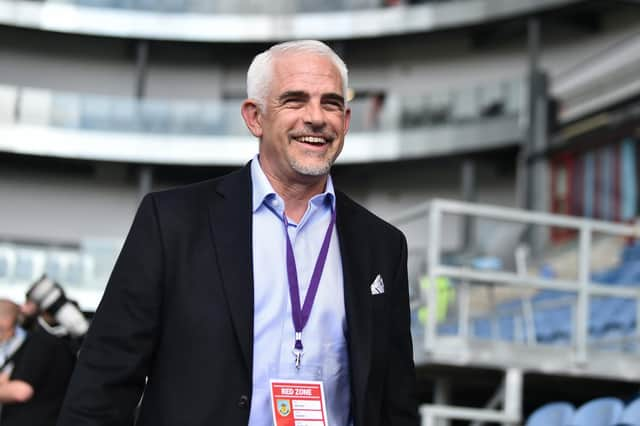BetVictor's latest academic study, Football Takeovers, covers everything a potential buyer must consider before investing in a football club, covering more than 100 teams across six UK football leagues, from the Premier League to the Scottish Championship.
Partnering with football finance expert Dr Rob Wilson, researchers at BetVictor analysed everything from a club's infrastructure and how well they utilise their stadium, to their performance online across social media.
They measured financial viability, sporting merit, digital footprint, and local indices, comparing each club’s potential commercial proposition for a hypothetical buyer, before analysing the data to rank each club on how valuable of an investment they could be to a new owner.
A Guide to The Rankings:
Ranks are calculated based on opportunity for growth in each area. This is calculated using a weighted scoring model which combines several factors into a single score.
Digital footprint – analyses a club’s digital presence across social media and search engines. Scores consider presence in different international markets, and the desirability and profitability of being in those territories.
Infrastructure – analyses the state of a club’s infrastructure by considering stadium condition, training facilities, youth facilities, youth recruitment, corporate facilities, and transport links.
Utilisation – analyses a team’s stadium utilisation by assessing attendance levels, ticket sales, and ticket revenue.
Financials – analyses a team’s financial health by looking at revenue, net assets, net profit, wage turnover ratio, and more.
The suitability of an investment also boils down to a variety of factors: what are its prospects, is there history, and is there room to grow?
The individuals or consortiums interested in buying sports teams cover a wide demographic. However, those who are able to make a purchase can vary depending on the stature of a club.
The more prestige a football team has, the higher the fee. For clubs in Great Britain, the further up the pyramid you wish to enter, the price of admission rises exponentially.
Anyone looking to own a football club must all share one thing in common: they need to first demonstrate that they can afford to do so. From there, that’s where the similarities end.
Whether purchasing as an individual or a group, what defines an owner is their medium-to-long-term strategies to match their ambition. Are they profit driven? Do they seek trophies and glories? Or are they looking to expand their enterprise onto the global stage?
Without further ado, having taken a closer look at the teams in the Championship, here is the top 10 list of the most investable clubs in England’s second tier.
They measured financial viability, sporting merit, digital footprint, and local indices, comparing each club’s potential commercial proposition for a hypothetical buyer, before analysing the data to rank each club on how valuable of an investment they could be to a new owner.
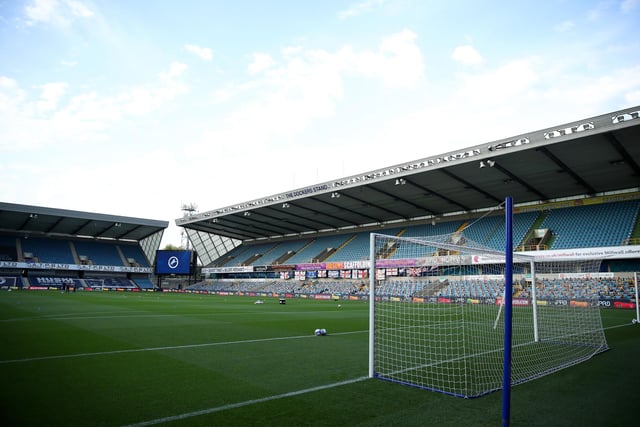
5. Millwall
Digital Footprint Rank: 1.57. Infrastructure Rank: 26.59. Utilisation Rank: 5.12. Financials Rank: 12.01. Total Score (Out of 100): 45. Photo: Warren Little
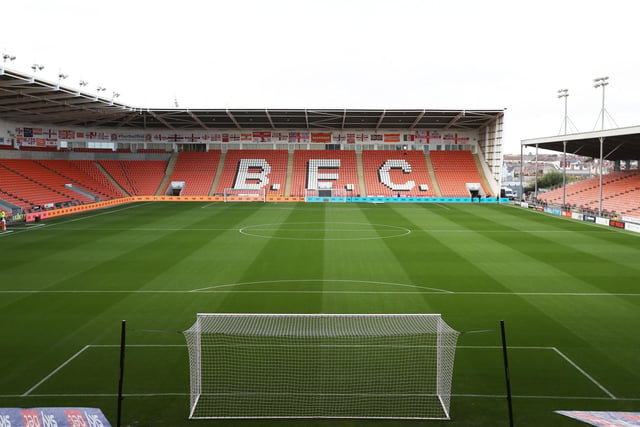
6. Blackpool
Digital Footprint Rank: 1.50. Infrastructure Rank: 31.48. Utilisation Rank: 7.21. Financials Rank: 2.30. Total Score (Out of 100): 42. Photo: George Wood
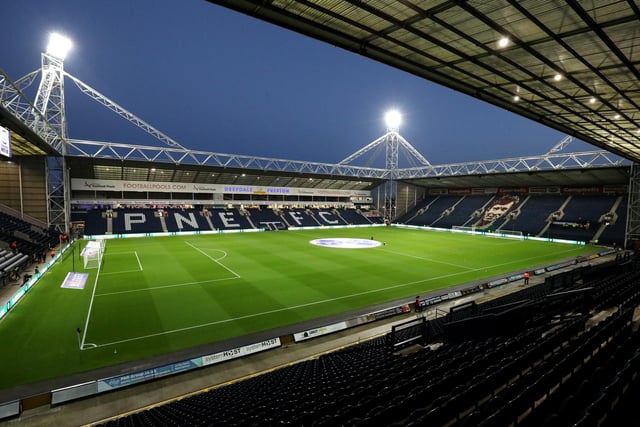
7. Preston North End
Digital Footprint Rank: 1.90. Infrastructure Rank: 23.37. Utilisation Rank: 5.38. Financials Rank: 9.11. Total Score (Out of 100): 40. Photo: Lewis Storey
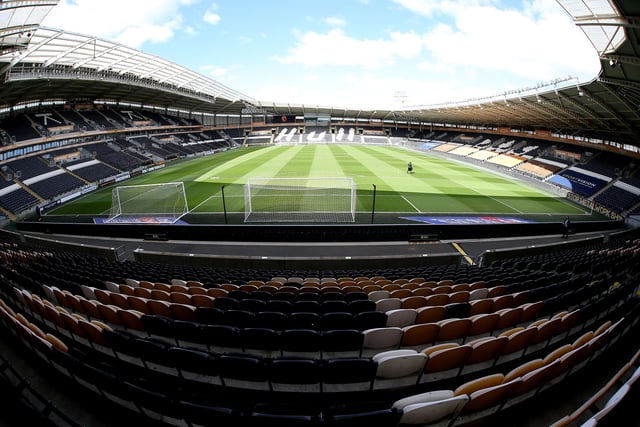
8. Hull City
Digital Footprint Rank: 0.40. Infrastructure Rank: 25.23. Utilisation Rank: 6.80. Financials Rank: 5.84. Total Score (Out of 100): 38. Photo: Pete Norton
